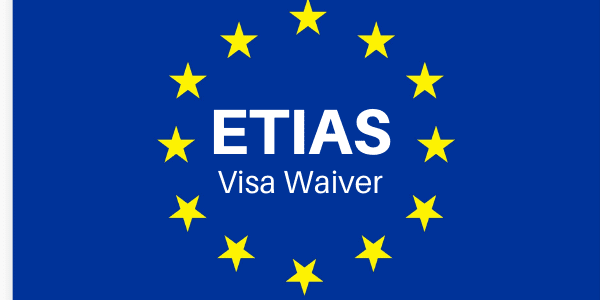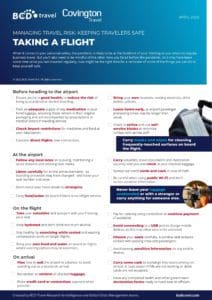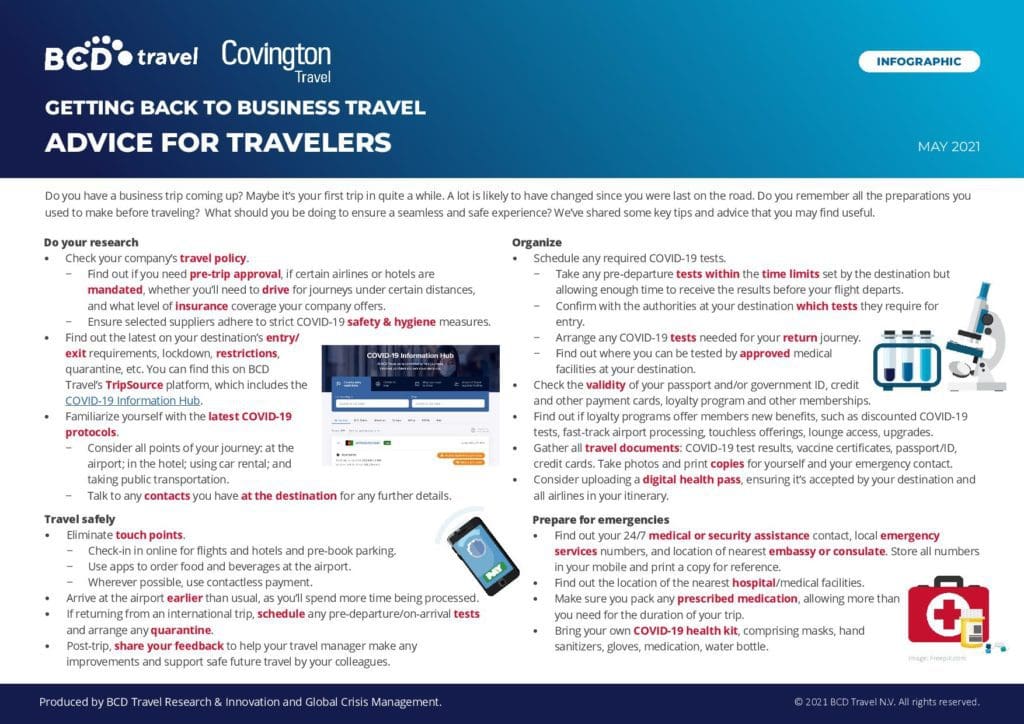ETIAS is an acronym for European Travel Information and Authorization System. It is a visa waiver program, that the European Union (EU) expects to be fully operational by 2024 May 2025 at the earliest (updated September 2023 by European Union (EU) officials because of issues launching the Entry/Exit System (EES) that would track visitors into Europe). The purpose of the ETIAS visa waiver is to assess the security threat of foreign nationals traveling to any of 26 European countries before they arrive.
While the legal procedures began in 2016, the exact implementation date has been delayed several times. Until the system is fully operational, previously visa-exempt nationalities can continue to travel to Europe.
ETIAS Eligible Countries
Travelers from 60 countries, most of which did not previously need a visa to enter the EU, will have to apply for an ETIAS visa waiver to be pre-screened before arrival.
- Albania
- Antigua and Barbuda
- Argentina
- Australia
- Bahamas
- Barbados
- Bosnia and Herzegovina
- Brazil
- Brunei
- Canada
- Chile
- Columbia
- Costa Rica
- Dominica
- El Salvador
- Georgia
- Grenada
- Guatemala
- Honduras
- Hong Kong
- Israel
- Japan
- Kiribati
- Macao
- North Macedonia
- Malaysia
- Marshall Islands
- Mauritius
- Mexico
- Micronesia
- Moldova
- Montenegro
- New Zealand
- Nicaragua
- Palau
- Panama
- Paraguay
- Peru
- Saint Kitts and Nevis
- Saint Lucia
- Saint Vincent
- Samoa
- Serbia
- Seychelles
- Singapore
- Solomon Islands
- South Korea
- Taiwan
- Timor Leste
- Tonga
- Trinidad and Tobago
- Tuvalu
- Ukraine
- United Arab Emirates
- United Kingdom
- United States of America
- Uruguay
- Vanuatu
- Venezuela
The ETIAS visa waiver will be valid for stays of 90 days or less for business or leisure travel. For longer stays, a work or study visa will be necessary. The ETIAS is valid for multiple trips to Europe for three years or until the traveler’s passport expires, whichever comes first. Travel Maestro tip: Travelers will be required to enter the EU through the first country noted on their ETIAS application, then they can visit other countries in any order within the 90-day stay validity. If your application says you will visit Germany, France, and Spain, you must enter Germany first.
Countries Requiring an ETIAS
The Schengen Area is made up of 30 members and prospective members (*) of the European Union plus four micro-states (**) that are de facto parts of the Schengen Area, and four countries that belong to the European Free Trade Association. They include:
- Andorra**
- Austria
- Belgium
- Bulgaria*
- Croatia
- Cyprus*
- Czechia
- Denmark
- Estonia
- Finland
- France
- Germany
- Greece
- Hungary
- Iceland
- Italy
- Latvia
- Liechtenstein
- Lithuania
- Luxembourg
- Malta
- Monaco**
- Malta
- Netherlands
- Norway
- Portugal
- Romania*
- San Marino**
- Slovakia
- Slovenia
- Spain
- Sweden
- Switzerland
- Vatican City**
Travel Maestro tip: Ireland is an EU member, but will continue its own entry protocols and the ETIAS is not required. The United Kingdom is not an EU member and will roll out its own Electronic Travel Authorization by the end of 2024.
How to Get the ETIAS
The online application for the ETIAS will be simple and quick, providing travel authorization within minutes for the vast majority of cases. The program is very similar to the US ESTA (Electric System for Travel Authorization), Canada’s eTA (Electronic Travel Authorization), and Australia’s ETA (Electronic Travel Authority).
Applicants must provide personal information including full name, date and place of birth, current address, parents’ information, and passport details. There will also be questions regarding criminal history, employment history, and security information. Fingerprints and other biometric data will not be collected. Payment by debit or credit card is required to apply. The ETIAS costs 7 euros for applicants between the ages of 18 and 70. There is no fee for visitors younger or older.
Data submitted will be cross-checked against a series of security databases including Europol, Interpol, the Schengen Information System, Eurodac, and the Visa Information System. Authorization should not take more than 10 minutes; although if the traveler’s data triggers a hit, a manual review will occur. In that case, a decision to issue or refuse the ETIAS will take no longer than 96 hours. Travel Maestro tip: Apply several days before your ETIAS is needed, if possible.
ETIAS Benefits
The ETIAS will improve security within Europe and should save travelers time as they transit security controls. Since the ETIAS is a travel authorization system, not a visa, travelers do not have to go through a lengthy visa application process or physically go to an embassy. Travelers can print a copy of the ETIAS, but it will be electronically linked to the passport, so showing a hard copy is not necessary.
This article will be updated when the ETIAS implementation date is announced. If you have other questions about traveling to Europe, please contact our knowledgeable and helpful travel advisors.
*Updated 6/9/2023







Leave a Reply